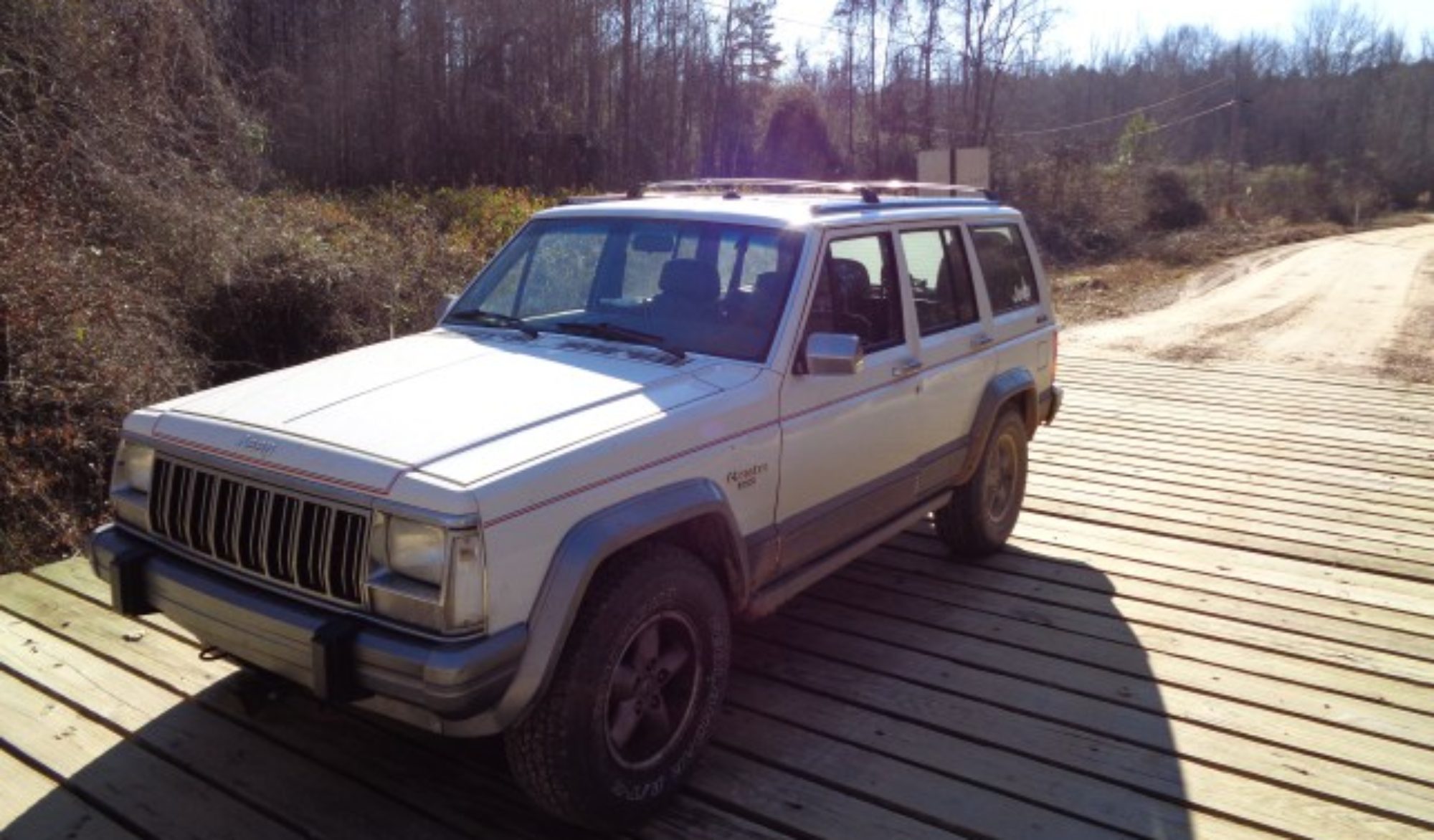Communicating Off Road
When driving a Jeep off road, it is helpful to be able to easily communicate with the other Jeeps in your group. There are several options that can be considered.
Traditionally the Citizens Band or CB radio was the communication device of choice for off roading. CB radios are easy to obtain and easy to operate. CB radios no longer require a license to operate. However their range is limited due to the four watt output limit. There is also now a lot of RF noise in the CB bands so that the effectiveness is even more limited. However, the CB radio remains a viable alternative for off road use.
In modern times, people like to rely on their Cell phones for communication. However, in remote areas where off road areas are normally located, cell phone towers may be out of range. Also, if there are more than two Jeeps in a group the cell phone only allows two to communicate at a time.
Another excellent choice for off roading is Amateur Radio or HAM radio. Often in the areas where off roading is popular, there are radio repeaters that extend the radio range significantly. Both hand held and mobile radios can be used. Amateur radio however requires a license to operate. Getting a license requires passing a test on the rules and safe operation of the radios. Ham radios have been gaining more and more popularity in remote areas due to the ability to summon emergency assistance quickly if needed.
Another common choice is the Family Radio Service or FRS radio. These are small hand held radios with limited power. However, they tend to have excellent range in the frequency band they operate in. FRS does not require a license and there are no restrictions on the types of conversations that can be made on them. This makes them excellent for off road use.
Also, there is a new option for off road use, the GMRS radio. GMRS has a slightly better range and allows larger antennas. GMRS repeaters are also popping up around the country extending the range even more. However, GMRS requires a license to operate.
My favorite radio for off roading has become the FRS. I use a Motorola weather resistant hand held radio. My radio is actually a FRS/GMRS hybrid but I use only the FRS channels since I don’t have a GMRS license. The hand held portability make sit easy to always have with me in or out of the Jeep. It is handy for use while driving or spotting.
[phpbay]frs radio, 10[/phpbay]








